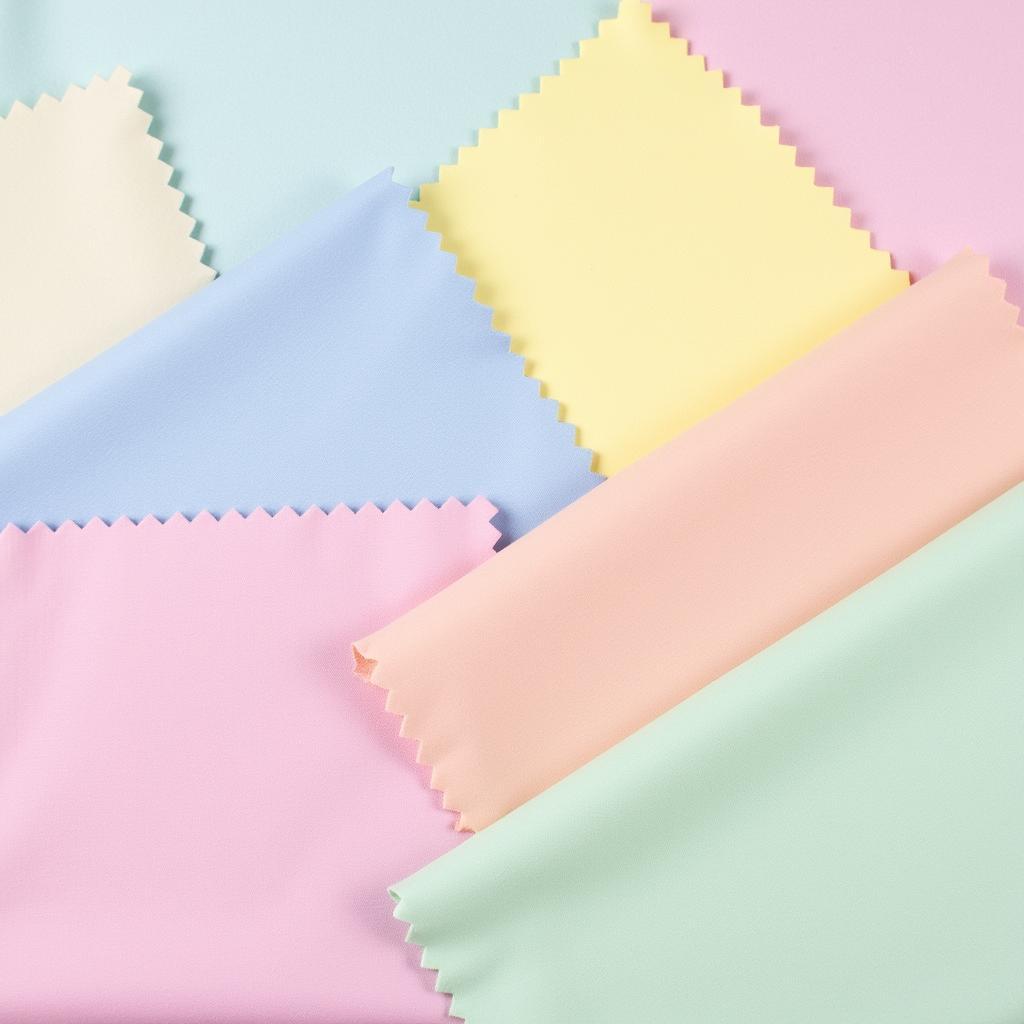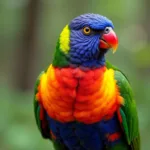Pastel colors evoke a sense of tranquility and sophistication. These soft, muted hues are perfect for everything from home decor to fashion and art. Learning How To Make Pastel Colors opens up a world of creative possibilities. Whether you’re painting, crafting, or designing, understanding the principles of color mixing is essential for achieving the perfect pastel shade. This guide will walk you through different techniques for creating your own beautiful pastel colors.
Want to create soft, dreamy hues for your next project? Check out our guide on how to tie-dye with food coloring and make it stay.
Understanding Pastel Colors
Pastel colors are essentially light tints of brighter, more saturated colors. They are created by adding white to a pure hue, reducing its intensity and creating a softer, more delicate shade. The key to achieving a perfect pastel is finding the right balance between color and white. Too much white, and the color becomes washed out; too little, and it remains too vibrant.
Mixing Pastel Colors with Paint
Acrylics and Oils
When working with acrylics or oils, start with a small amount of white paint on your palette. Gradually add your chosen color, mixing thoroughly until you achieve the desired pastel shade. Remember, it’s always easier to add more color than to try and lighten an overly saturated mix.
Watercolors
Creating pastels with watercolors requires a slightly different approach. Instead of adding white paint, you’ll dilute the color with water. Begin with a small amount of pigment and add water gradually until you reach the desired lightness. Experimenting with different water-to-pigment ratios is crucial for mastering pastel watercolors.
How to Make Pastel Colors with Food Coloring
Food coloring offers a versatile and accessible way to create pastel colors for various projects, from baking to DIY crafts. This method is particularly popular for dyeing fabrics, frosting cakes, and creating colorful slime. You’ll need white base materials for best results.
Want to learn more about using food coloring to create pastels? Discover how to make pastel colors with food coloring in our detailed guide.
Dyeing with Food Coloring
To create pastel dyes, mix a few drops of food coloring with a large amount of water. The more water you add, the lighter the pastel shade will be. Test the color on a small piece of fabric before dyeing the entire piece to ensure you achieve the desired result.
Frosting and Slime
For frosting or slime, start with a white base. Add food coloring drop by drop, mixing thoroughly until the pastel color is achieved. Be careful not to add too much coloring at once, as it can be difficult to lighten the mixture.
Exploring Different Pastel Combinations
Creating harmonious pastel palettes involves understanding color theory. Analogous colors, which sit next to each other on the color wheel, such as pink, lavender, and light blue, create a calming and cohesive look. Complementary colors, which are opposite each other on the color wheel, like pastel blue and pastel peach, can create a vibrant yet soft contrast.
Do you know what color pink and purple make? Explore the fascinating world of color combinations and unlock your creativity!
 Pastel Color Palette Combinations
Pastel Color Palette Combinations
Tips for Perfect Pastels
- Start with a clean palette: This prevents unwanted color contamination.
- Use high-quality pigments: Better quality paints and dyes produce richer and more vibrant pastels.
- Test your colors: Always test your pastel mix on a small area before applying it to your final project.
- Embrace experimentation: Don’t be afraid to try different color combinations and techniques to discover unique pastel shades.
“Achieving the perfect pastel is all about balance. It’s a delicate dance between color and light,” says renowned color specialist, Anya Sharma.
Conclusion
Making pastel colors is a rewarding process that allows you to explore the nuances of color and create unique and beautiful shades. By understanding the principles of color mixing and applying the techniques outlined in this guide, you can unlock a world of creative possibilities and transform your projects with the soft, dreamy allure of pastels. Remember, practice makes perfect, so keep experimenting with how to make pastel colors to discover your own signature pastel palettes.
FAQ
-
What is the easiest way to make pastel colors? Adding white to a pure hue is the simplest method for creating pastels.
-
Can I make pastels with any type of paint? Yes, you can create pastels with acrylics, oils, watercolors, and even food coloring.
-
How do I avoid making my pastels too light? Add color gradually to your white base, testing frequently until you achieve the desired shade.
-
What are some popular pastel color combinations? Pink and lavender, mint green and peach, and baby blue and butter yellow are popular pastel pairings.
-
How can I use pastel colors in my home decor? Pastel walls, furniture, and accessories can create a calming and sophisticated atmosphere.
-
What’s the best way to mix pastel colors with food coloring? Start with a white base and add food coloring drop by drop until the desired shade is achieved.
-
Can I use pastel colors for tie-dye? Yes, you can create beautiful pastel tie-dye patterns using diluted food coloring. For further information, explore how to tie-dye with food coloring and make it stay.
Situations where these questions are commonly asked:
These questions often arise during art classes, DIY projects, home decorating, and even when planning events like weddings or baby showers. Understanding how to make pastel colors is a valuable skill across various creative endeavors.
Further Reading
For more insights into color combinations, check out what colors go with tan clothes and what colors do you mix together to make purple.
Call to Action:
Need assistance with your color projects? Contact us at Phone Number: 0373298888, Email: [email protected] Or visit us at: 86 Cau Giay, Hanoi. We have a 24/7 customer service team ready to help.
